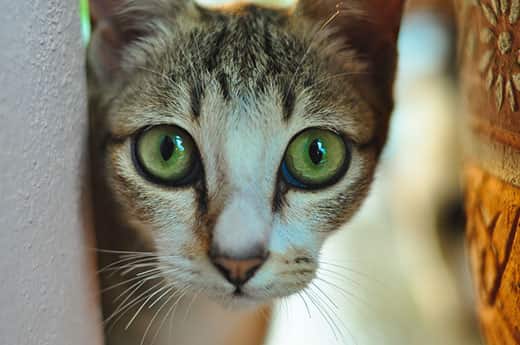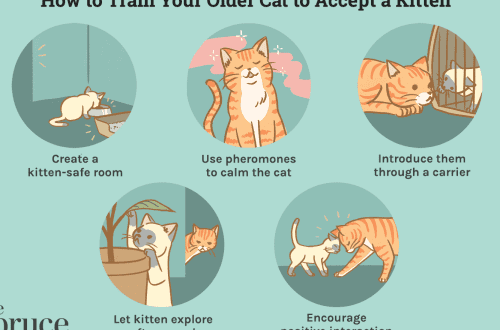
Fear of cats: ailurophobia and how to treat it
Cat lovers are sincerely surprised that not all people in the world want to spend their lives in the company of these animals. Indeed, not everyone likes these graceful creatures, but some people experience a real panic fear in front of them, which is called ailurophobia.
According to the American Anxiety and Depression Association, the fear of cats is classified as a “specific” phobia. It is a fear of a specific object, place, or situation, such as animals, germs, or heights. Specific phobias can affect people’s lives in a variety of ways, from minor to profound.
Contents
Why are people afraid of cats?
This phobia can develop as a result of a traumatic incident, such as a cat attack. It is also important to remember that this condition is psychological in nature. Specific phobias typically develop between the ages of 7 and 11, although they can appear at any age, according to Psycom.
Symptoms of fear of cats
The signs of ailurophobia are very similar to those of other specific phobias, and symptoms may include:
- intense fear and anxiety in the presence of a cat or even at the thought of it;
- awareness of the irrationality of fear against the background of a feeling of powerlessness in front of it;
- increased anxiety when approaching a cat;
- avoiding cats whenever possible;
- physical reactions, including sweating, difficulty breathing, dizziness, and rapid heartbeat;
- children with phobias may cry or cling to their parents.
People with ailurophobia can be divided into two categories. In an interview with the British magazine Your Cat, psychology professor Dr Martin Anthony explained that “the root causes of fear of cats differ from person to person. Some are afraid that they will be harmed (for example, in the form of an attack, scratches, etc.). For others, it may be more of a reaction of disgust.” The severity of ailurophobia can affect a person’s life in different ways.
What ordinary people perceive as unusual but completely harmless behavior of a cat, such as a cat running from corner to corner for no reason, can be regarded as a threat by a person with ailurophobia. People interviewed for Your Cat reported that they are afraid of the unpredictability of the cat’s movements, in particular jumping, jumping, scratching. They are physically disgusted at the thought of ingesting cat hair, so much so that they check utensils, glasses, and other items before use.
How to stop being afraid of cats
While there is no “cure” for ailurophobia, there are constructive ways to manage the condition. Psychiatrist Dr. Fredrik Neumann noted in an article for Psychology Today that although zoophobias are easier to treat than other types of phobias, they can be quite serious. According to Dr. Neumann, the treatment of zoophobia involves the following actions:
- studying information about the relevant animal;
- games with toy animals (for children and adults);
- observation of the animal from a safe distance;
- obtaining basic skills in handling animals;
- touching an animal under supervision, if possible.
In severe cases of ailurophobia, a person cannot even bear the sight of a cat, because her presence causes him serious anxiety. Overcoming this fear can take many months or even years. It usually requires exposure and cognitive behavioral therapy.
How to help people with ailurophobia
One way is to discuss the different forms of cat body language. To those who are afraid, the meaning of the various movements and gestures characteristic of these animals can be explained.
And it’s no coincidence that cats themselves like to approach exactly those people who are not their fans. It is even said that cats sense people’s fear. As Cat-World Australia writes, unlike those who try to make contact with a pet, “a guest who does not like cats sits quietly in a corner and avoids any eye contact with the cat in the hope that the animal will stay away from him. Thus, his behavior is perceived by the cat as non-threatening.” Therefore, the cat goes straight to the quietest guest.
If a friend with ailurophobia is visiting the owners of the house, most likely they will have to lock the pet in another room. If this is not possible, it is better to meet this friend in another place.
By showing patience and understanding, you can help your loved ones cope with the fear of cats.
See also:
Your cat’s tail can tell a lot How to understand the language of cats and talk to your pet Three strange cat habits you should know about The strange cat habits that we love them so much for





